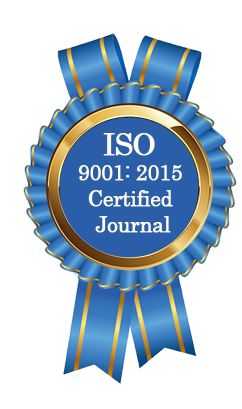| All | Since 2020 | |
| Citation | 105 | 60 |
| h-index | 4 | 4 |
| i10-index | 3 | 2 |
WJAHR Citation 
Login
News & Updation
Best Article Awards
World Journal of Advance Healthcare Research (WJAHR) is giving Best Article Award in every Issue for Best Article and Issue Certificate of Appreciation to the Authors to promote research activity of scholar.
Best Article of current issue
Download Article : Click here
Indexing
Abstract
DOSE CHRONIC LIVER DISEASE IN CHILDREN AFFECT SERUM COPPER, IRON AND, FERRITIN? HOSPITAL BASED STUDY
*Yasser Alaa Mejeed, Mohammad Fadhil Ibraheem and Ali Raad Bahlol
ABSTRACT
Background: Chronic liver disease (CLD) significantly alters trace element metabolism due to impaired hepatic function. Trace elements such as copper, iron, and ferritin are integral to physiological processes, and their dysregulation may exacerbate liver pathology. This study aimed to evaluate serum levels of copper, iron, and ferritin in children with CLD. Methods: A hospital-based case-control study was conducted at the Children Welfare Teaching Hospital in Baghdad between November 2021 and September 2022. The study included 62 pediatric CLD patients and 60 age- and sex-matched healthy controls. Serum levels of copper, iron, and ferritin were measured and statistically analyzed using SPSS version 23, with significance set at p<0.05. Results: The mean serum copper and ferritin levels were significantly higher in the CLD group compared to controls (118.8 ± 42.9 μg/dL vs. 82.3 ± 19.9 μg/dL, p=0.0001; and 303.8 ± 550.6 ng/mL vs. 146.6 ± 237.7 ng/mL, p=0.049, respectively). Serum iron levels did not differ significantly between groups (p=0.64). Ferritin levels showed positive correlation with time since diagnosis and PTT, while iron levels correlated with total protein. No significant linear correlations were found with serum copper. Conclusion: Elevated serum copper and ferritin levels are common in pediatric CLD and may contribute to disease progression through oxidative stress. Regular monitoring and potential dietary or pharmacological interventions targeting trace element imbalances could aid in the management of pediatric CLD.
[Full Text Article] [Download Certificate]
